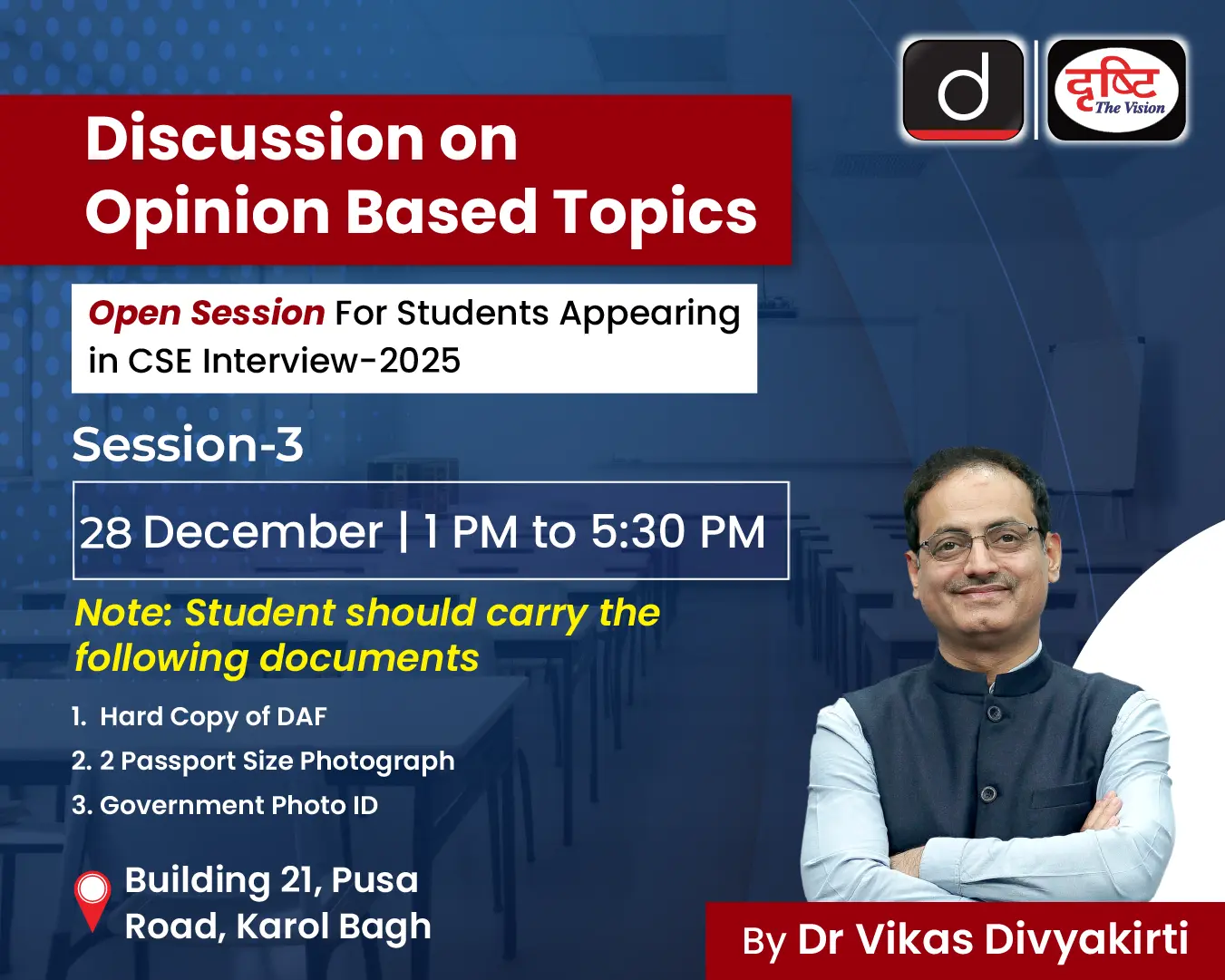Governance
Caste Census
- 25 Sep 2021
- 5 min read
Why in News
Recently, the Union government has filed an affidavit in the Supreme Court claiming that a caste census of the Backward Classes is administratively difficult and cumbersome.
- The government’s assertion came in response to a writ petition filed by the State of Maharashtra to gather Backward Classes’ caste data in the State while conducting Census 2021.
Key Points
- Government’s Stand Against the Caste Census:
- Unusable data: The Centre reasoned that even when the census of castes were taken in the pre-Independence period, the data suffered in respect of “completeness and accuracy”.
- It said the caste data enumerated in the Socio-Economic and Caste Census (SECC) of 2011 is “unusable” for official purposes as they are “replete with technical flaws”.
- Not a Ideal Policy Tool: The government said caste-wise enumeration in the Census was given up as a matter of policy from 1951.
- Further, the Centre explained that a population census was not the “ideal instrument as many people may not register themselves in the census in the event of hiding their caste.
- This may compromise the “basic integrity” of the census.
- Administratively Difficult: Besides, the government held that, it is too late now to enumerate caste into the Census 2021.
- Planning and preparations for the census exercise started almost four years earlier and the preparations of Census 2021 are almost done.
- Unusable data: The Centre reasoned that even when the census of castes were taken in the pre-Independence period, the data suffered in respect of “completeness and accuracy”.
- Arguments in Favour of SECC:
- It will be useful to establish statistical justification for preserving caste-based affirmative action programmes or welfare schemes.
- It may also be a legal imperative, considering that courts want ‘quantifiable data’ to support the existing levels of reservation.
- Comprehensive exercise to enumerate the caste status of all households in the country will help in identifying poor households and implement anti-poverty programmes.
- It will be useful to establish statistical justification for preserving caste-based affirmative action programmes or welfare schemes.
Census, SECC & Difference
- Census:
- The origin of the Census in India goes back to the colonial exercise of 1881.
- Census has evolved and been used by the government, policymakers, academics, and others to capture the Indian population, access resources, map social change, delimitation exercise, etc.
- However, as early as the 1940s, W.W.M. Yeatts, Census Commissioner for India for the 1941 Census, had pointed out that “the census is a large, immensely powerful, but blunt instrument unsuited for specialized inquiry.”
- SECC:
- SECC was conducted for the first time since 1931.
- SECC is meant to canvass every Indian family, both in rural and urban India, and ask about their:
- Economic status, so as to allow Central and State authorities to come up with a range of indicators of deprivation, permutations, and combinations of which could be used by each authority to define a poor or deprived person.
- It is also meant to ask every person their specific caste name to allow the government to re-evaluate which caste groups were economically worse off and which were better off.
- SECC has the potential to allow for a mapping of inequalities at a broader level.
- Difference Between Census & SECC:
- The Census provides a portrait of the Indian population, while the SECC is a tool to identify beneficiaries of state support.
- Since the Census falls under the Census Act of 1948, all data are considered confidential, whereas according to the SECC website, “all the personal information given in the SECC is open for use by Government departments to grant and/or restrict benefits to households.”
Way Forward
- Although SECC has its own concerns, linking and syncing aggregated Census data to other large datasets such as the National Sample Surveys may help the governments realize the many socio-economic goals.
- Further, independent of census, a preliminary socio-anthropological study can be done at the State and district levels to establish all sects and sub-castes present in the population.
- A caste census may not sit well with the goal of a casteless society, but it may serve as a means of addressing inequities in society.







